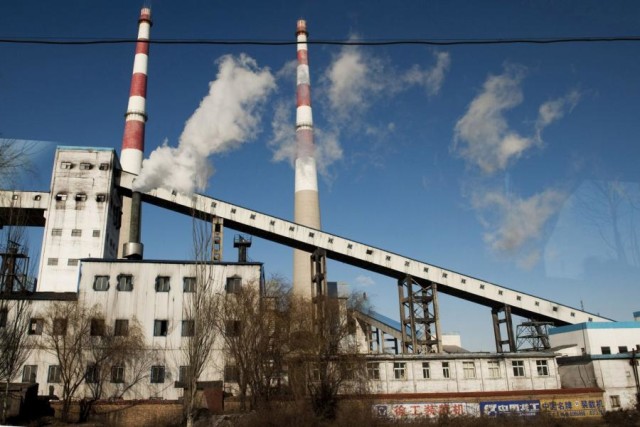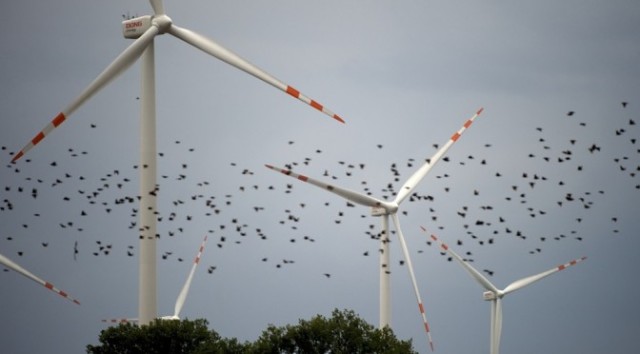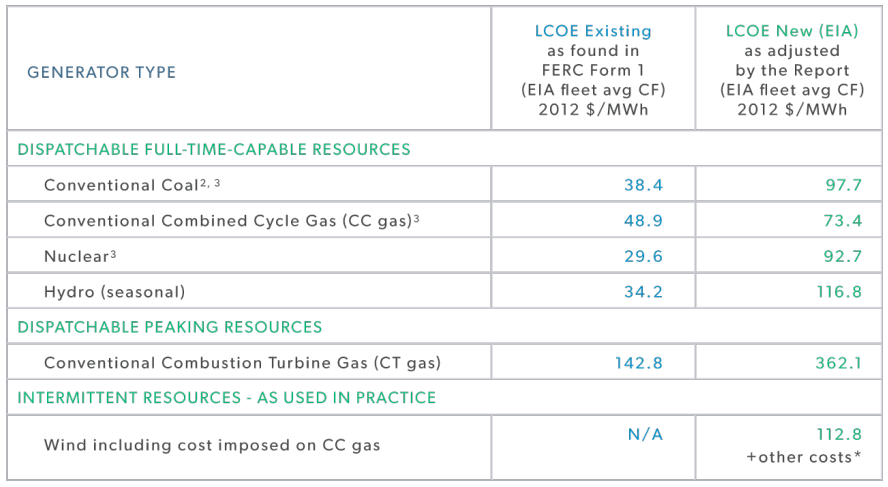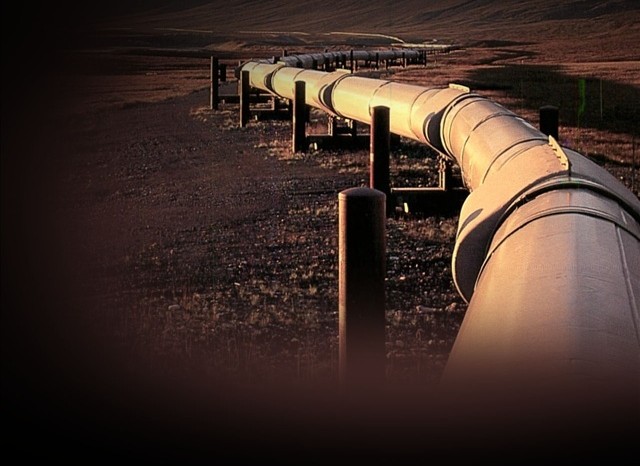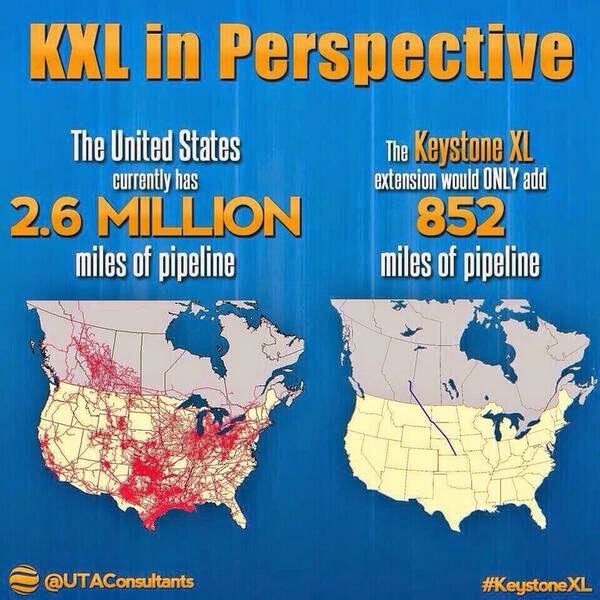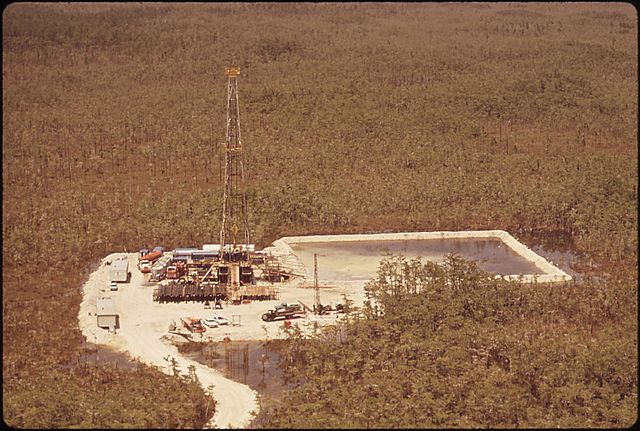How We Can Get the Candidates Talking About America’s Energy Opportunity
America has a once-in-a-generation opportunity to combine American innovation, American resources, and American freedom to create American energy abundance and become the world’s energy superpower, overtaking Russia and the Middle East.
In 20 seconds, you can tell our politicians, including the candidates that are completely ignoring this issue in the debates–this time to discuss Trump’s feud with Megyn Kelly–that you will only vote for candidates who will seize America’s Energy Opportunity.
Please do so at AmericasEnergyOpportunity.com.
For Energy Industry Employees
America’s Energy Opportunity affects all of us, but you most directly, along with the millions of people who work directly and indirectly with your industry.
Therefore, please tell your colleagues about this campaign. Here is a letter you can send.
Dear ______,
I would like to ask you to take three minutes to stand up for this industry in the upcoming elections.
As you know, last year was a difficult year for our industry, with many bankruptcies and massive job losses.
Unfortunately, Washington is considering many proposals to make it even harder for our industry to produce, move, and sell our product–proposals to tax hydrocarbons, stop hydraulic fracturing projects, and limit exports to our customers. That will mean more job losses, bankruptcies, and damage to our economy. And so far our industry has had no voice in the 2016 debates.
But a movement called America’s Energy Opportunity is fighting back.
At AmericasEnergyOpportunity.
com there is a petition to our politicians to leave our industry free to create amazing prosperity for this country. If millions of people sign this petition we will prove to the candidates that we cannot be ignored this election. Please take 3 minutes to read the petition and sign it–for the sake of your jobs, your families, and this country’s future.
Sincerely,
________
8 Speeches in 2 Days
Last week, I gave 10 speeches–including 8 speeches in 2 days. The 8 were all at one company. Those of you who signed up for this list, welcome.
Lately in my speeches I have been emphasizing, even more than I used to, that clear thinking and communication about energy issues requires the right starting framework. If in our thinking and communication we start with a framework based on human well-being and big-picture thinking, we come to the right conclusions and can explain them convincingly. If we don’t, our thinking is a mess and/or our communication is a mess.
For more on framing conversations the right way, see How to Talk to Anyone About Energy.
Thanks to everyone who came to my presentations last week, and the organizations in Mississippi who sponsored them. I met a lot of bright, motivated people whom I expect to become great energy champions.
New Blog Post by David Biederman: Fossil Fuels Make the Planet More Productive
From the latest blog entry:
“The fact is that when it comes to satisfying humanity’s basic needs, almost nothing is given, as almost everything must be created and produced. The arrangements of elements that make up the planet are not organized by natural processes to optimally support human life. Instead, work is required to transform the planet from an environment of scarcity to one rich with food, clothing, and shelter. The ability to do this work is made possible primarily by the fossil fuel industries?coal, oil and natural gas.”
This Week’s Power Hour: Amanda Maxham on the Virtues of GMOs
On this week’s episode of Power Hour I talk with Dr. Amanda Maxham, Research Associate at the Ayn Rand Institute, about the incredible advances in genetic modification–and why our society is responding to them with fear and coercion rather than enthusiasm and freedom.
Power Hour: Michael Lynch on Recent Oil Prices
On this episode of Power Hour, I talk to Mike Lynch, President of Strategic Energy & Economic Research, about the recent decline in oil prices.
As always, if you’d like to suggest a new guest for Power Hour, or have me appear on your show, you can send me an email at support@industrialprogress.net


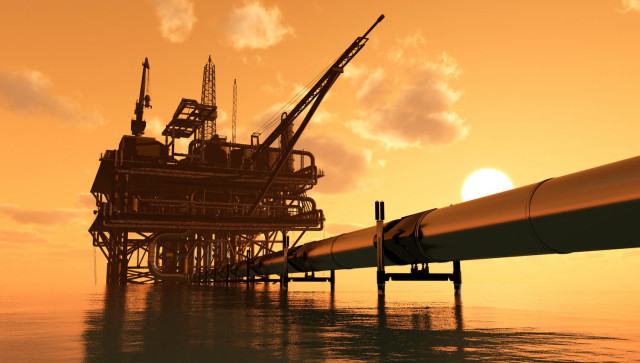


 NEW YORK
NEW YORK
 Thus, our number one recommendation is to read and/or assign
Thus, our number one recommendation is to read and/or assign 